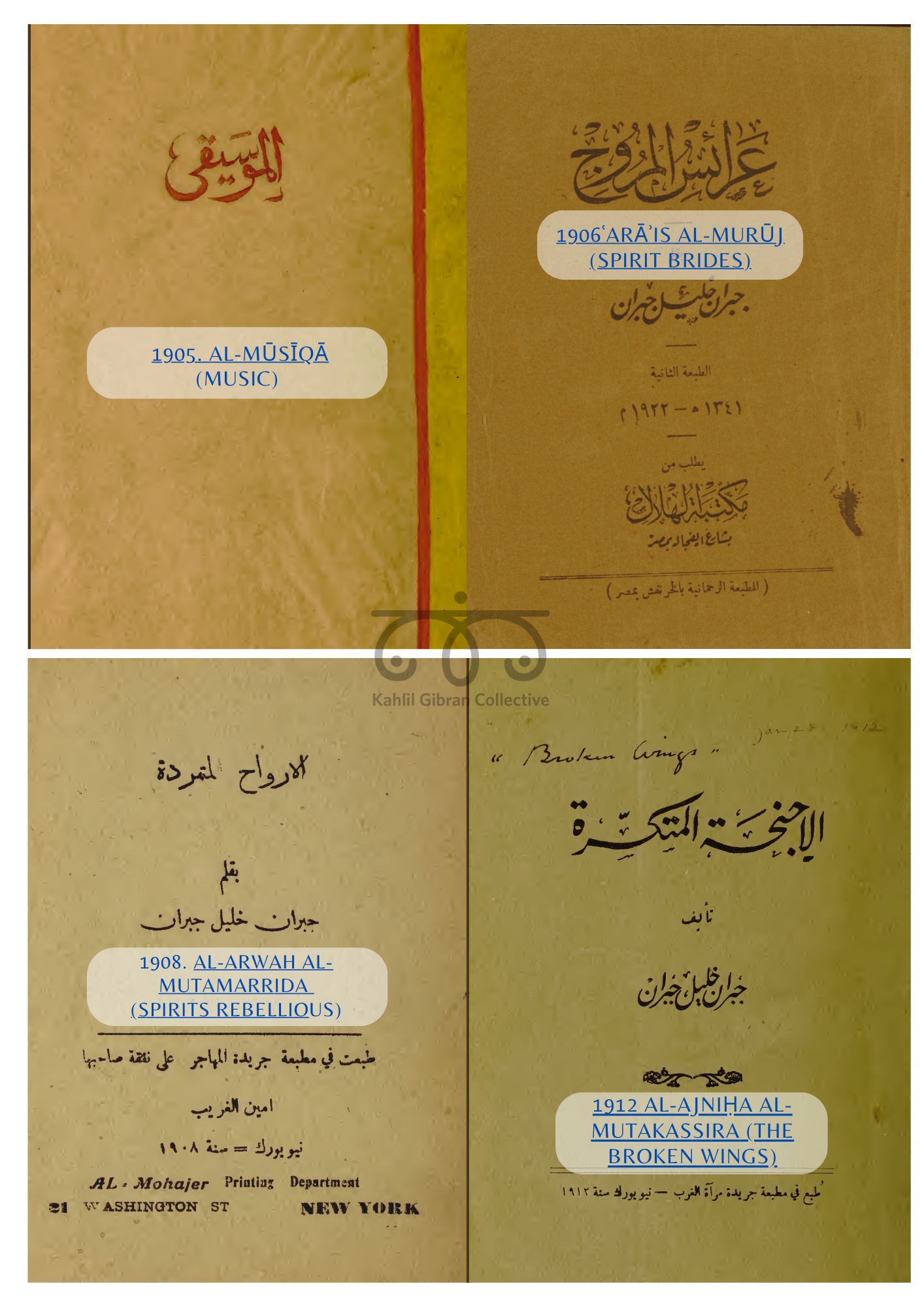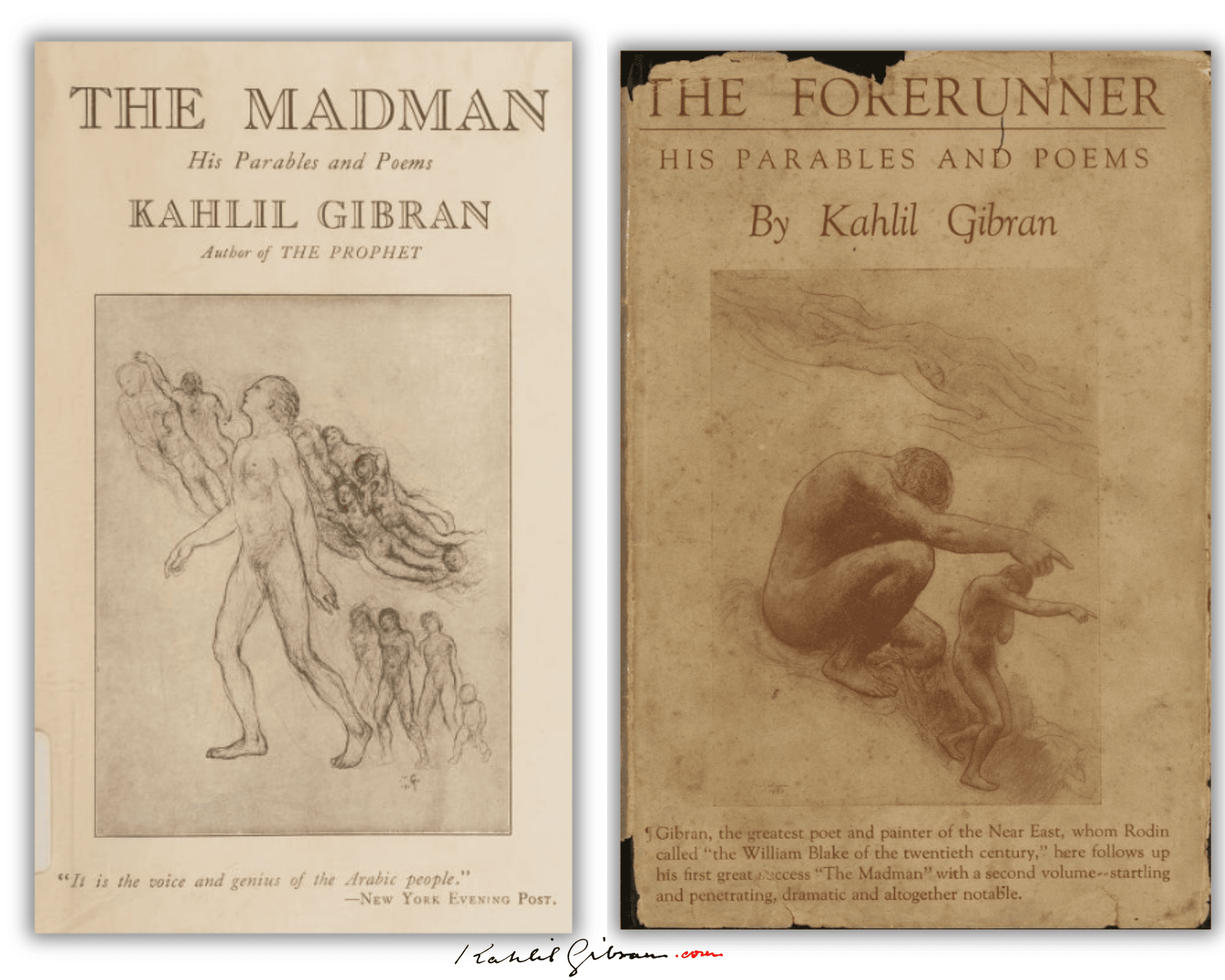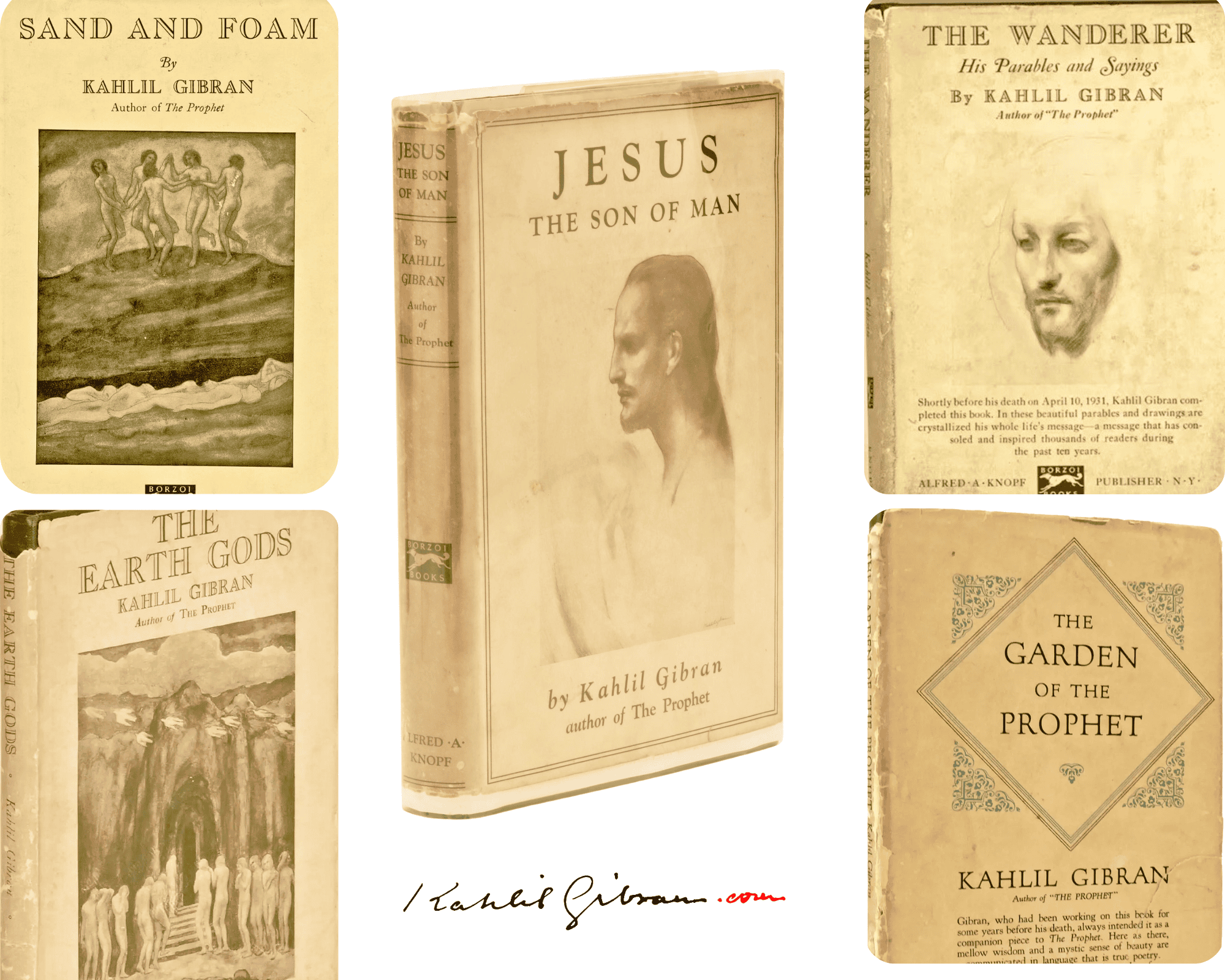By Glen Kalem-Habib
All rights reserved copyright © 2025
For generations, Kahlil Gibran’s words—from The Prophet to his early Arabic poetry—have stirred souls and sparked inspiration. As one of the largest Gibran-focused websites, we frequently hear from readers asking, Which of his works are free to use? What’s still under copyright?
So, we dug deeper—and the answer isn’t as simple as you might expect. Surprisingly, some of Gibran’s most cherished works entered the public domain earlier than many realize.
After combing through U.S. copyright records, we’ve created a straightforward guide on what you can freely share, adapt, and republish—and when those rights expired. Whether you’re a writer, artist, or simply a devoted Gibran fan, this insight could reshape how you interact with his timeless wisdom.
When did Gibran's Works Became Free to Use?
Gibran died in 1931, but copyright status depends on two key factors:
Key Findings:
These entered the public domain globally in 2002 (life+70):
Source: Berne Convention Article 7 https://www.wipo.int/treaties/en/ip/berne/
 2. English Works Now in U.S. Public Domain**
2. English Works Now in U.S. Public Domain**
These entered PD in 2020 due to non-renewal:
**Source: U.S. Copyright Office records https://cocatalog.loc.gov/ Stanford Renewal Database.
 3. Works Still Copyrighted in U.S. Until 2027**
3. Works Still Copyrighted in U.S. Until 2027**
These were properly renewed:

You Can Legally:
✅ Download The Prophet as a free ebook.
✅ Create derivative works (adaptations, illustrations).
✅ Reprint non-renewed works without permission.
Still Restricted Until 2027:
❌ Modern translations of later works
❌ Posthumous collections
❌ Reproduced Gibran’s illustrations within the books
Where to Find Public Domain Editions
Why This Copyright Story Matters
Gibran's case reveals how quirks in copyright law affect cultural heritage. While The Prophet sold millions, its entering into the public domain means...
- Publishers can't monopolize the text (though new editions may have separate copyrights)
- Artists can freely reinterpret his wisdom.
- Educators can distribute copies without restrictions.
As one of the most popular PD books of 2020, The Prophet shows how the public domain enriches our shared culture.
Final Thought:
Now that you know which works are free to use, how will you engage with Gibran's legacy? Whether you're creating art, teaching, or simply sharing his words, this knowledge empowers you to participate in keeping his wisdom alive.
Important Copyright Considerations
Jurisdictional Differences: Copyright laws vary by country. Always verify the status of Gibran's works in your specific location before using them.
Visual Art Rights: Gibran's paintings and drawings remain under separate copyright protections. To reproduce his artwork, you must obtain permission from the rightful owners, which may include the Gibran National Committee (Lebanon), Telfair Museums (Savannah, USA), and Soumaya Museum (Mexico).
Ethical Use: Even for public domain works, we encourage proper attribution and respectful engagement with Gibran's legacy.
This guide aims at helping you to navigate Gibran's works responsibly while honoring his enduring cultural impact. When in doubt, consulting a copyright professional is always advisable.
Did you find this guide helpful? Let me know which Gibran work you plan to explore next!
Sources Verified as of May 2024: